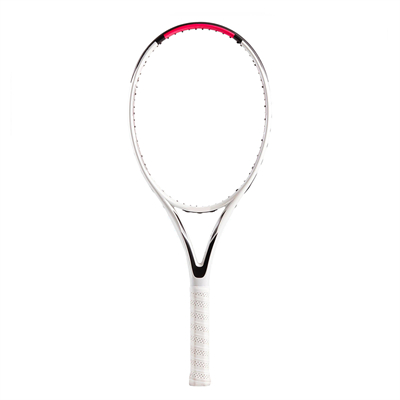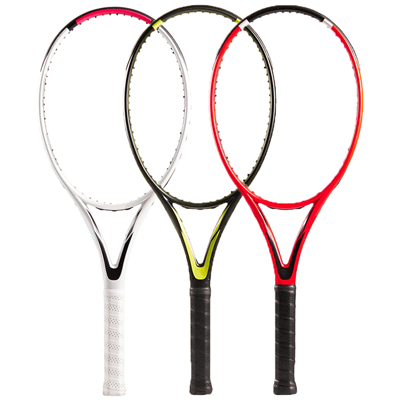The following situations are effective counterattacks:
1. If the ball touches the net, net post, singles pillar, net rope. Or wire rope, center belt or mesh belt and fall into the opponent’s court after crossing over from above.
2. When the ball bounces or is blown back across the net after the ball falls into the effective area, whether it is serving or returning. The player who hits the ball in the round and hits the ball over the net and does not touch the net, net post, singles pillar, or net rope with his body, clothing or racket. Or the wire rope, the center belt or the ground of the opponent’s field;
3. If the ball returned from the net post or singles pillar, whether it is higher or lower than the upper height of the net. Even if you touch the net post or singles pillar, as long as it falls within the effective field.
4. After legally hitting the ball, the racket crosses the net with the ball.
5. Whether it is serving or returning, if the player’s shot hits another ball parked in the court.
Interference with opponents: If any action of a player prevents his opponent from hitting the ball. If this behavior is deliberate, he will lose points. If it is not intentional, this point must be replayed.
Line ball: A ball that falls on a line is considered an in-bounds ball.
Change of balls: A game must be changed after a certain number of rounds. If the ball is not changed in the normal order. Then wait until the next time the player or the pair of players in the doubles serves the ball with a new ball.






















